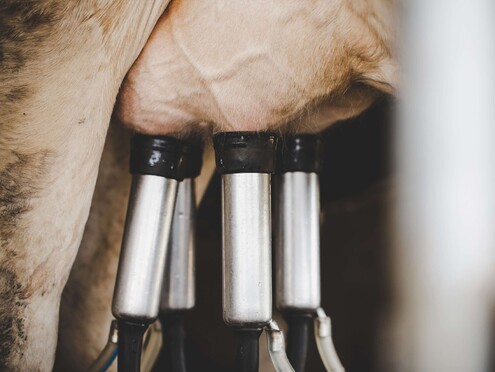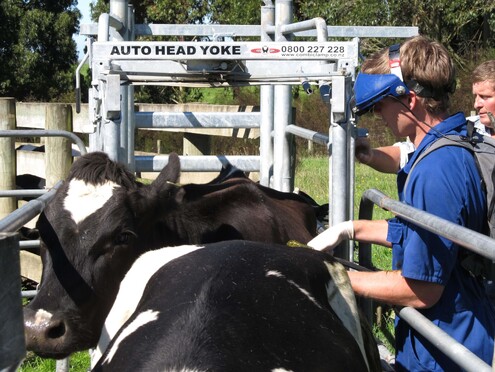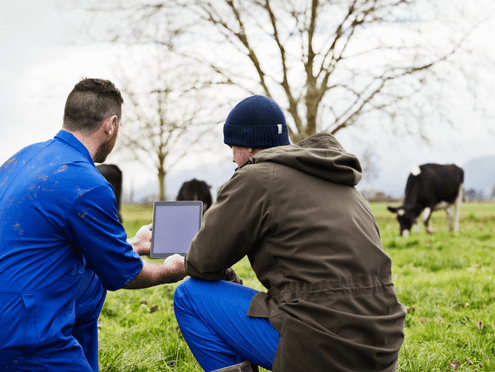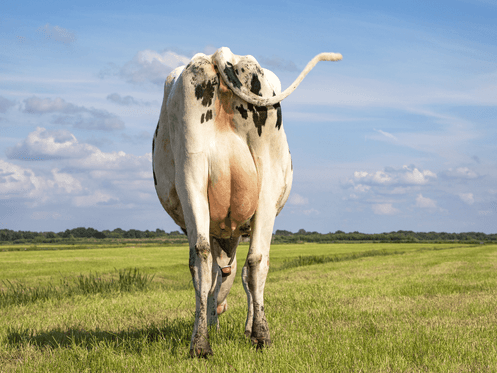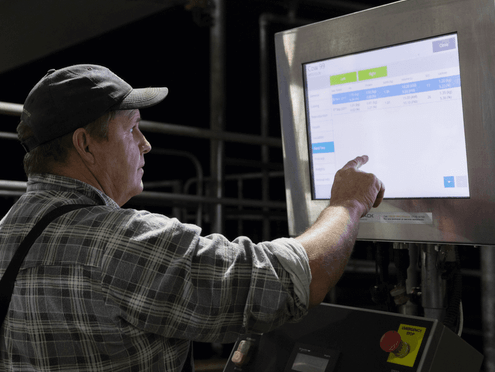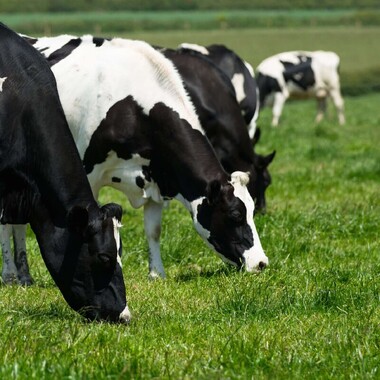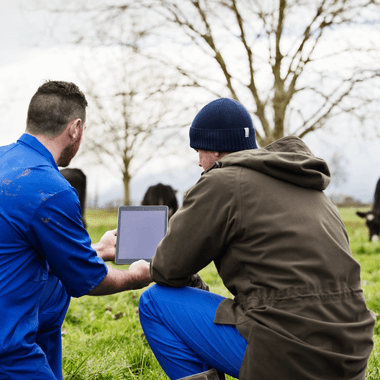HEALTH
Animals showing clinical signs of, or have been diagnosed with a disease or illness, must be removed from the main milking herd, marked and recorded, and their milk withheld from the bulk milk tank until the clinical signs have been resolved.
Prompt treatment of sick and lame cows is best for the cow’s welfare and will also mean there is less of a drop in milk production. It is also illegal in New Zealand to milk sick cows for food production and they must be treated as soon as possible to fulfil the requirements of the Animal Welfare Act.
The benefits of paying attention to dairy health include:
- Ensuring the disease is not transferred to the rest of the herd with early intervention.
- Prevent animal health problems.
Find out more about specific health elements monitored within the WelFarm programme here
Mastitis
Mastitis is an inflammation of the udder. In cows, it is usually caused by bacteria which have entered through the teat canal and moved to the mammary tissues.
Lameness
Foot lameness is a common problem in dairy farming and not unusual in wet conditions. It can be caused by cows having to walk long distances from paddock to the milking shed, particularly if these tracks are not well-maintained, and by standing on concrete floors for long periods.
Reproduction
Reproductive performance is an integral part of the New Zealand dairy farm system. We need cows to get in calf efficiently each season as there is limited time between calving and mating.
Mortality
On-farm mortality is the unwanted loss of animals through unassisted death and euthanasia. Mortality among dairy cows, or calves, constitutes a problem both in terms of financial losses due to the value of the dead animal, decreased production and extra labour involved and compromised animal welfare because of potential suffering before death or euthanasia.
Tail damage
An annual tail audit assesses the tail condition of every cow. It is carried out by a veterinarian or technician who will record any visual tail deviations, palpable traumas or swellings and any shortening, amputations or dockings in separate categories. Reporting details the results alongside the cow IDs.
Drug use on farm
There are two key types of drugs used on farm that play an important role in animal health and welfare; antimicrobials (antibiotics) and pain relief (commonly non-steroidal anti-inflammatories (NSAIDs)). Both are monitored within the WelFarm programme but must be interpreted in context with further information of the farm system.
Use your vet
Talk to your vet about best practice prevention and management of dairy health. In many cases, they can provide resources and training. Don’t forget the RVM (restricted veterinary medicine) vet consultation that is a legal annual requirement. Many vets now also provide Herd Health Management Plans for farmers that look at prevention, identification, management and treatment of animal health issues from the start of the season.
